
Airport security can be unpredictable—some days, it’s a breeze, and other times, it feels like a slow crawl to the gate. Understanding TSA procedures and planning can help make the process smoother, so you spend less time at security and more time getting where you need to go. Here are some tips to help you breeze through security and stay on track.
Wear Comfortably Easy To Remove Shoes

TSA requires shoe removal in standard security lines, and lace-up sneakers or bulky boots can slow things down. Slip-ons make the process faster, helping you move through security with ease. While PreCheck travelers can keep their shoes on, everyone else should plan for quick footwear removal.
Keep Travel Documents Within Reach
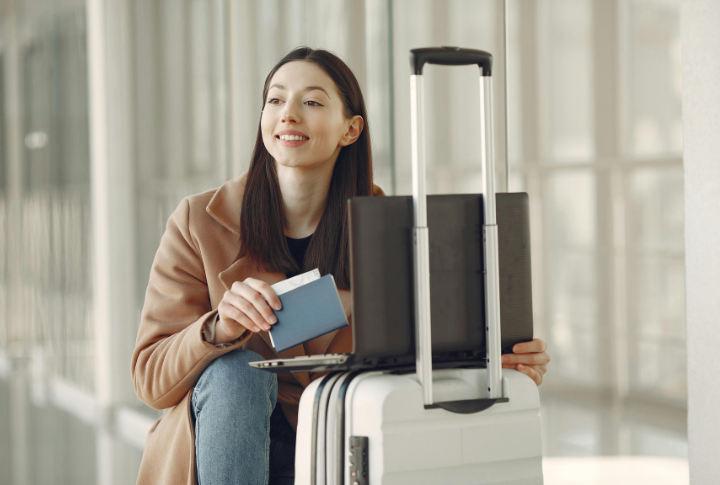
Imagine reaching the front of the security line and fumbling through your bag for an ID—every second counts. Have your passport or driver’s license ready before stepping in line. TSA officers process a lot of passengers daily, so quick access to documents keeps everyone moving smoothly.
Follow The 3-1-1 Rule For Liquids.
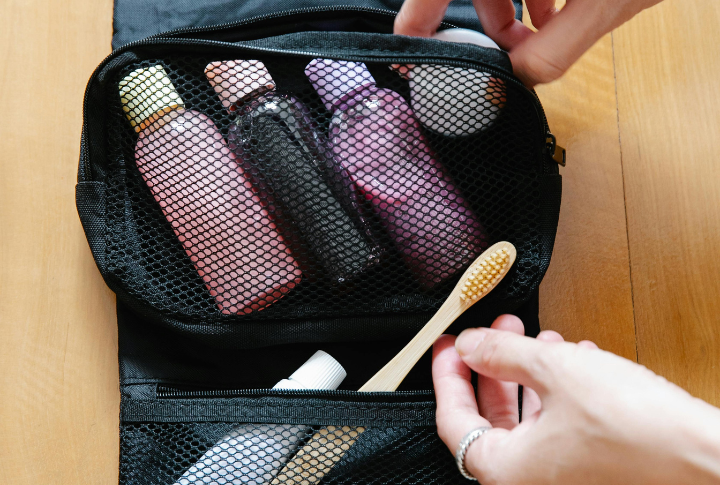
All liquids must weigh no more than 3.4 ounces and fit into a single clear, resealable bag. The TSA confiscates thousands of oversized containers daily, including perfumes and lotions—partially full bottles over the limit won’t make it through. Hence, keeping your liquids organized and easily accessible helps you avoid last-minute surprises.
Empty Pockets Before Screening
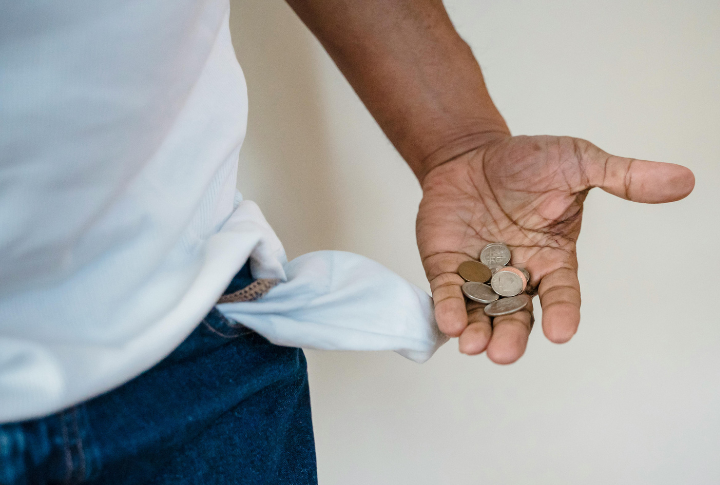
Metallic objects like keys and phones can trigger alarms, which can lead to extra screening and delays. Even small items left in your pockets can slow things down. Some airports use advanced body scanners that detect even minimal metal content, increasing the likelihood of secondary screening.
Be Prepared To Remove Electronics
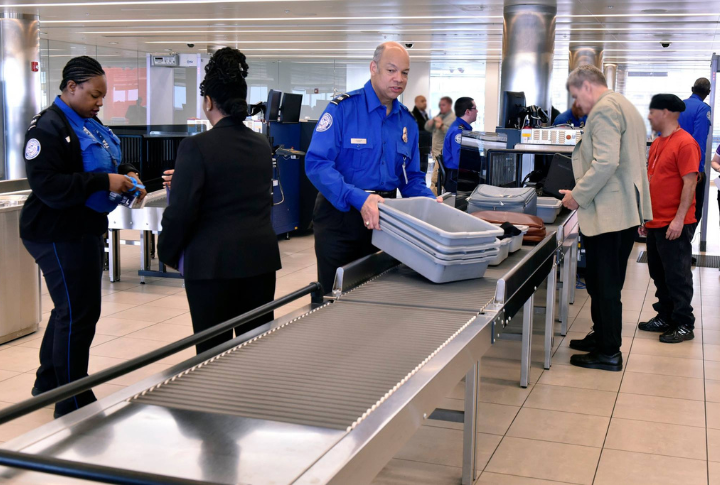
Laptops and gaming consoles must be placed in separate bins unless you’re in TSA PreCheck. Officers need an unobstructed view of these electronics to screen them properly. However, charging cables and smaller accessories can stay inside your bag, although bigger ones need to be moved.
Avoid Prohibited Items
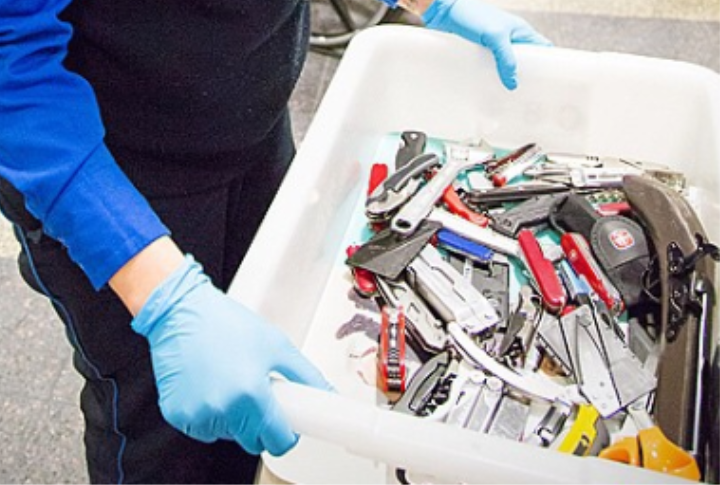
TSA confiscates over 4,000 firearms annually, with most travelers claiming they simply forgot. Along with guns, knives, and self-defense, keychains are among checkpoints’ most commonly banned items. Even seemingly harmless objects, like specific tools or sporting equipment, can be prohibited.
Be Mindful Of Medications And Prescriptions
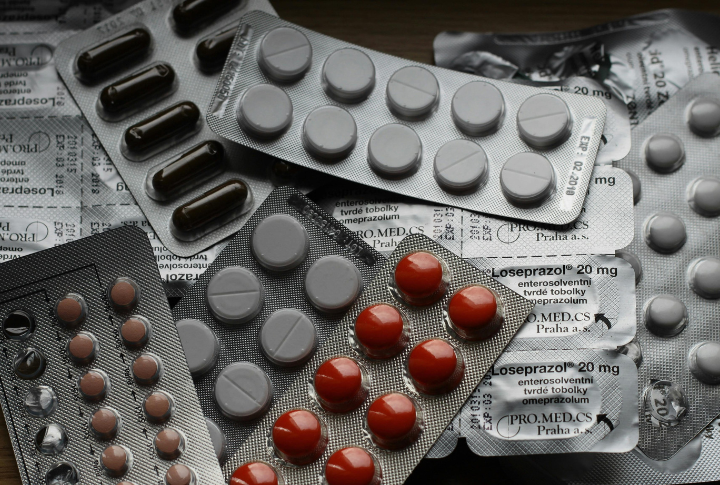
Prescription medications don’t need to go in a quart-sized bag but must be declared. Liquid medications over 3.4 ounces are allowed, though they may require extra screening. To avoid confusion, bring them in labeled prescription bottles and inform TSA officers of any medical needs before screening begins.
Be Aware Of The Powder Rule

Any powder over 12 ounces may require additional screening, including protein powders, baby formula, coffee, and cosmetics. In some cases, excessive amounts of powder could raise security concerns and prompt further questioning. To speed up the screening process, pack non-essential powders in checked baggage.
Enroll In TSA PreCheck

TSA PreCheck members enjoy shorter lines and leave laptops in their bags. Membership costs $85 for five years and is valid at over 200 U.S. airports. The process requires a background check and fingerprinting, but the time saved at security makes it worthwhile, especially for frequent travelers.
Arrive Early At The Airport
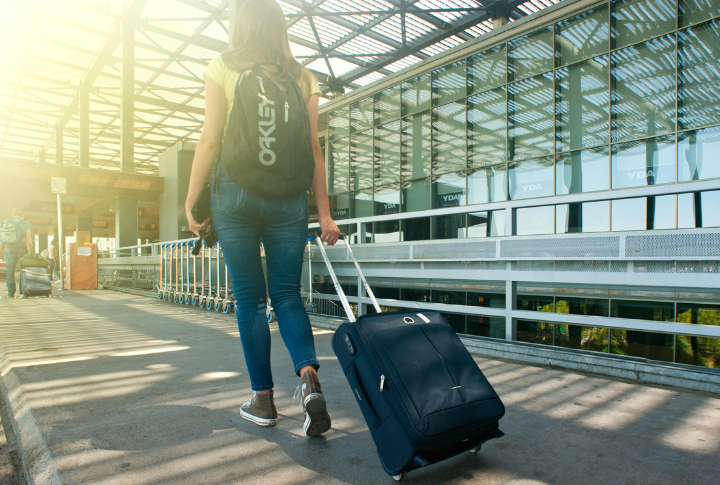
Airport security delays can be unpredictable, especially during peak travel times. That’s why the TSA recommends arriving at least two hours before domestic flights and three for international ones. Lines tend to be longer during holidays and early mornings. By arriving early, you reduce stress and avoid any unexpected delays.
Dress Smart For Security Screening

What you wear can affect how quickly you get through TSA checkpoints. Avoid excessive jewelry or clothing with metal embellishments, such as belts with large buckles, as they can trigger alarms and lead to extra screening. Wearing lightweight layers makes it easier to remove jackets or sweaters if needed.
Understand Screening Procedures For Medical Devices
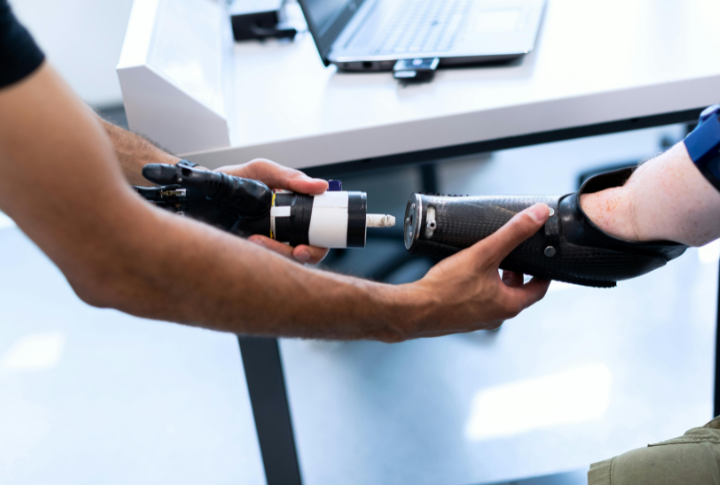
Medical devices such as pacemakers and prosthetic limbs may require alternative screening methods, so it’s essential to notify TSA agents beforehand. Carrying documentation—such as a doctor’s note or manufacturer guidelines—helps clarify any concerns and speeds up security checks.
Respect TSA Officers And Procedures
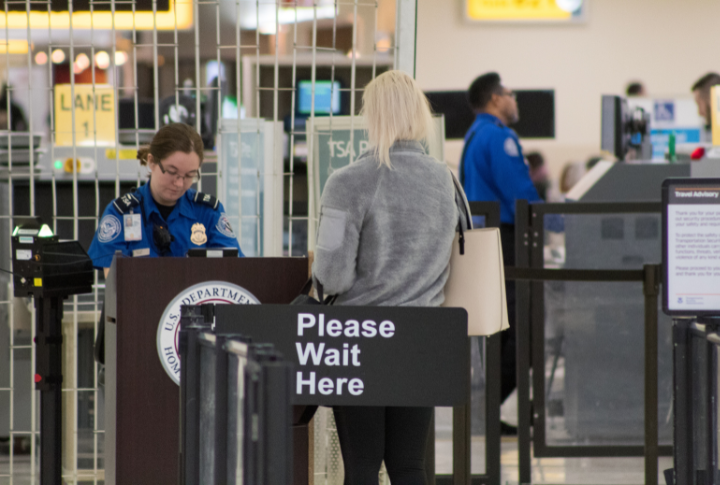
TSA officers screen nearly 2 million travelers daily, so delays are bound to happen. Arguing or refusing to follow procedures won’t help and may even lead to extra screening. If you have questions, asking politely is the best approach since officers are there to keep everyone safe, not to cause inconvenience.
Stay Informed About TSA Regulations

Security rules change frequently, which is why staying informed is essential. In recent years, due to safety concerns, restrictions on lithium batteries have been introduced. As a result, items that were allowed on one trip may be prohibited on the next. To avoid surprises, check the TSA’s website before every flight.
Use TSA Approved Locks For Checked Luggage
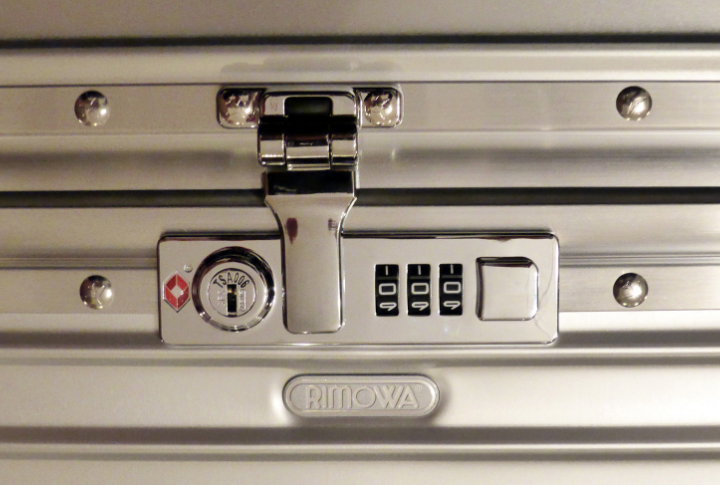
Only TSA-approved locks should be used on checked bags, as agents may need to inspect luggage. If a lock isn’t approved, it could be cut off, potentially damaging your bag. To avoid this, look for locks with the Travel Sentry logo, which allows them to open and relock your luggage without harm.
Be Ready For Random Inspections
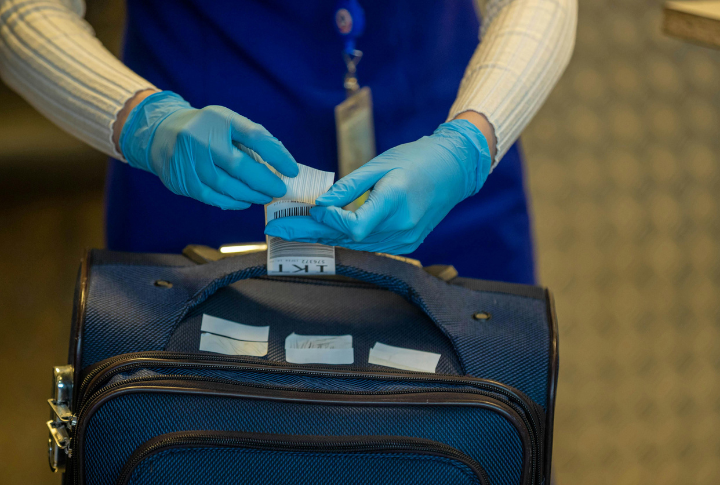
Even if everything is packed correctly, the TSA randomly selects passengers for extra screening as part of enhanced security measures. These procedures can change based on airport policies or unpredictable factors. You may undergo additional bag checks, swab tests for explosives, or a physical pat-down if selected.
Keep Valuables In Your Carry-On
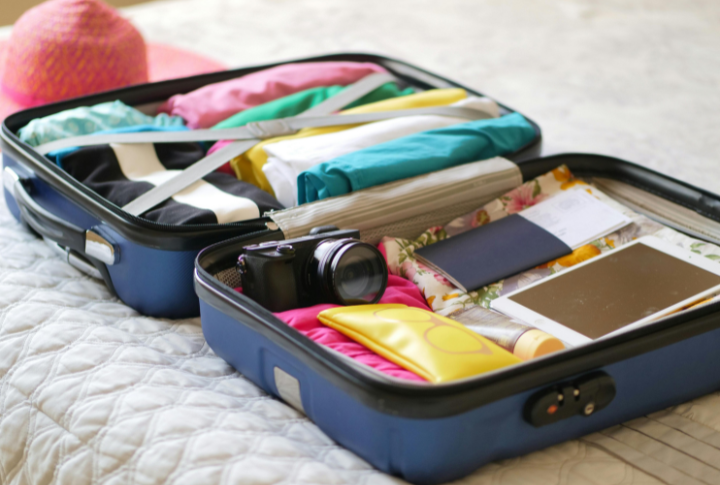
Lost luggage happens, which is why it’s essential to keep important items in your carry-on. Documents and valuables should always be within reach since TSA doesn’t take responsibility for lost or damaged items in checked bags. Although airlines may offer compensation, the claims process can take time.
Know The Rules For Traveling With Cash
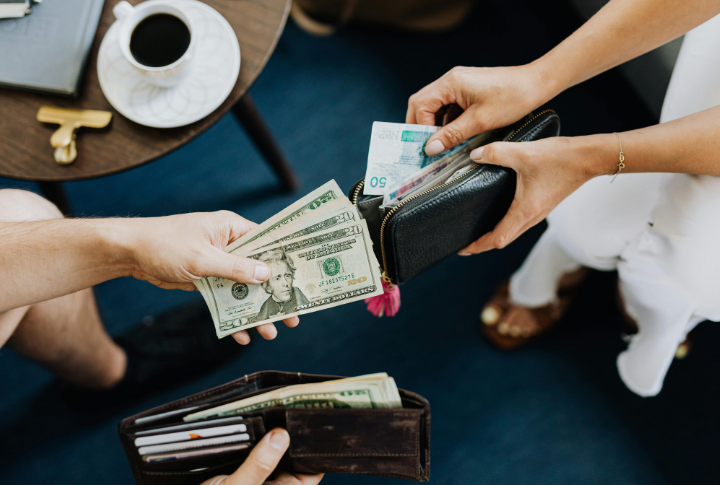
Carrying large amounts of cash isn’t illegal, but TSA may flag it for additional screening, especially if it appears suspicious on the X-ray. If you’re traveling with over $10,000, you must declare it to U.S. Customs and Border Protection to comply with federal law. Failing to do so could result in confiscation or further investigation.
Plan For Traveling With Children Or Pets

Traveling with kids or pets requires extra preparation, which can help avoid security delays. Since children under 12 can keep their shoes on, parents can focus on getting strollers and baby gear screened. For pet owners, animals must be taken out of their carriers and held while passing through the metal detector.
Traveling With Cremated Remains

TSA allows cremated remains in carry-on luggage and strongly recommends keeping them with you instead of checking them in. However, the urn or container must be non-metallic and scannable by X-ray to pass through security. If TSA cannot screen the container’s contents, it will not be opened, and you may not be allowed to bring it through.
